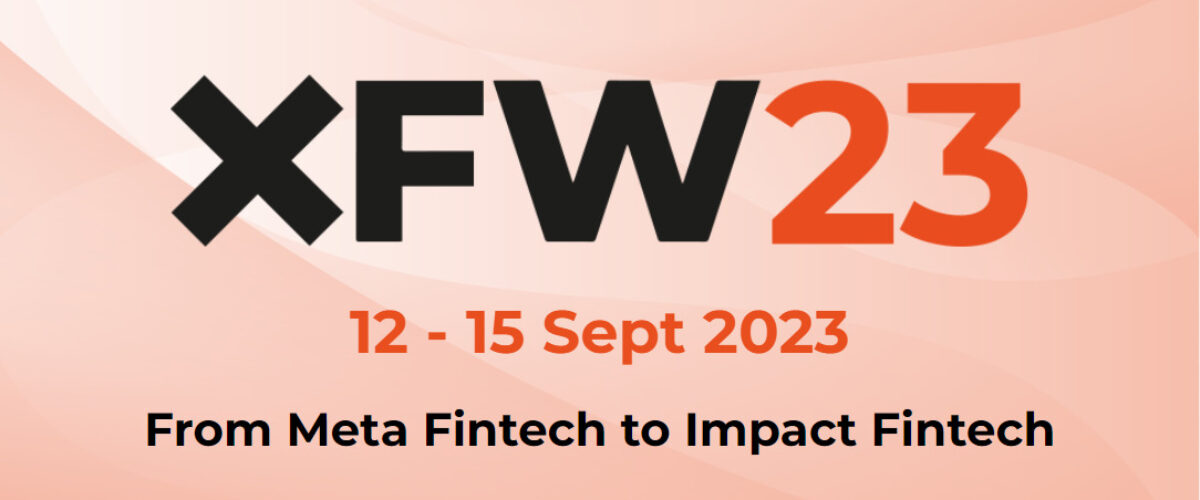Around a decade ago, the global Decentralised Finance (DeFi) movement started to develop financial applications that no longer required traditional central financial intermediaries such as banks and exchanges.
The DeFi movement is based on the disrupting perspective that existing financial products and services can be recreated, utilising a decentralised architecture, that operates without the control of centralised companies and governments. Instead, the products and services leverage existing technology-based protocols, smart contracts and cryptocurrencies. In effect, DeFi can offer anyone with an internet connection access to a global and open peer-to-peer alternative to the current financial system. As such, DeFi has significant disruptive potential and is poised to impact the current financial system and its players in markets such as international remittance, lending and borrowing, derivatives, payments and asset transfer.
Looking at the Total Value Locked (TVL) in the smart contracts of all projects – which is the common measure of DeFi’s success – indicates that the movement seems to be gathering momentum. LTM grew by a factor of 20 to approximately USD 16 billion in 2020, and that growth is clearly still accelerating rapidly as the TVL currently stands at USD 66 billion (as of 30 April 2021). To put this in perspective, this is approximately 6% of the valuation of Bitcoin.
Read the full article here. Find out more about INNOPAY here.


